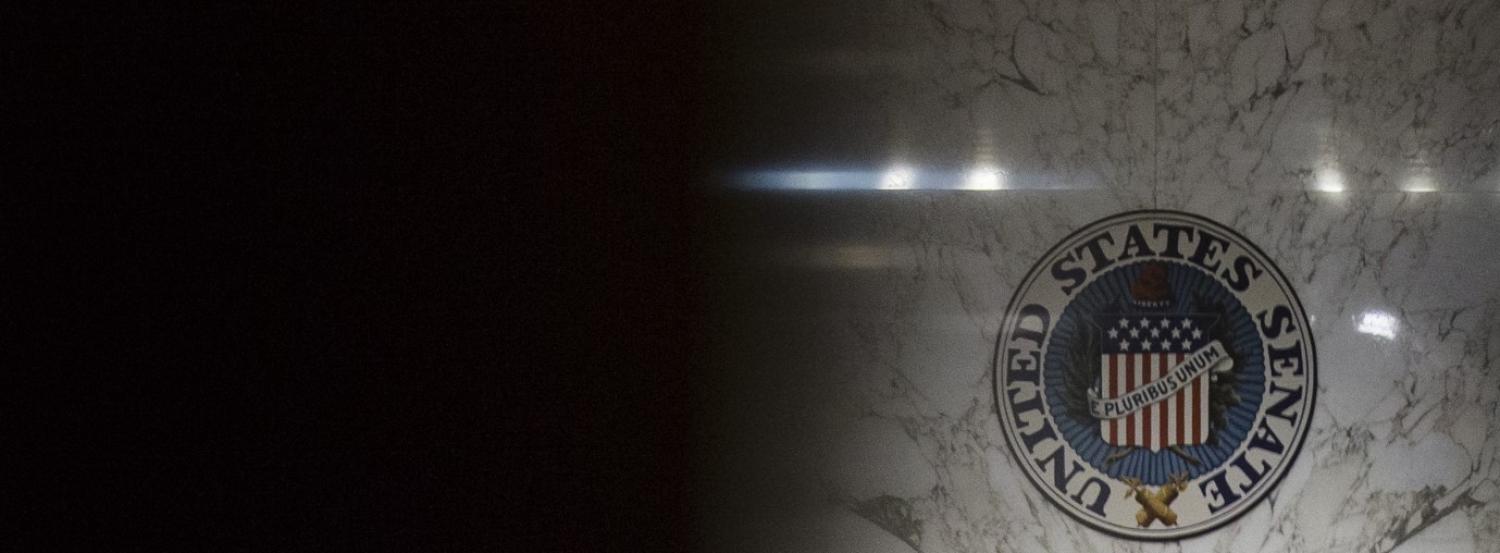The US has delivered its annual Worldwide Threat Assessment, a useful document in that it provides a measure of transparency for judgements by the US intelligence community, yet which often tastes of cardboard – a bland, tick-the-box exercise that offers little genuine insight.
Of course, the ranking of threats matters (although the report notes the order “does not necessarily indicate the relative importance or magnitude of the threat”, which isn’t that helpful for policymakers). “Competition among countries will increase in the coming year”, is the headline in the assessment, a development blamed in part because countries are “adjusting to new priorities in US foreign policy”.
This could be read as a fist pump for the policy changes under Donald Trump – and almost certainly will be read that way in the Oval Office. But another way to read this statement is as an acknowledgement the US has abrogated its past ambitions for leadership on global challenges, leaving the space to be contested by rivals. Withdrawing from the Paris accords on global warming is one obvious example.
No surprise is the warning that “(f)orces for geopolitical order and stability will continue to fray, as will the rules-based international order”. North Korea and Iran–Saudi rivalry are singled out as the main flashpoints, and the Trump-led debate about scrapping the Iran nuclear deal will undoubtedly feature in the latter. (The claim the deal has “enhanced the transparency of Iran’s nuclear activities” almost certainly won’t be welcome in the White House.)
Terrorism remains prominent. The claim to a functioning caliphate under ISIS “is all but thwarted”, and although al-Qaeda is still a “major actor”, its exhortations “probably will not create a spike in inspired attacks”.
Populism, competition for scarce water resources, and the challenges of urbanisation and drug trafficking each feature as potential sources of threats. But while each is fascinating, none is especially contentious to find in a document of this type.
Perhaps it is in the cyber realm that the assessment is most useful. Not so much on the dangers posed by hacking, ransomware, or malware, but in comparison with the reports of previous years, before the potential of exploiting “fake news” was widely understood.
The US intelligence community is blunt: “We expect Russia to continue using propaganda, social media, false-flag personas, sympathetic spokespeople, and other means of influence to try to exacerbate social and political fissures in the United States.” Just don’t let Trump hear any mention of collusion in the 2016 presidential campaign.
The US President doesn’t read daily intelligence briefs in the habit of his predecessors, according to a report last week in The Washington Post. This seems to fit with a recent explanation by CIA director Mike Pompeo – given during an appearance on Fox News last month when he defended Trump’s mental fitness – that the President “listens closely to his daily briefing”, which is provided “nearly every day”.
Does the frequency matter? Probably not. While there are doubtless many important items the intelligence community would like to bring to the President’s attention, a rigid system of access can become mundane. Pompeo has also said Trump likes to digest material with “killer graphics”, likening them the type of infographics regularly displayed on talk-show news. As Pompeo explained to Fox presenter Chris Wallace:
I love colour graphics. So do you, Chris. You use them on your screen all the time here on the show, right? It’s how you convey information.
All of which suggests the 28-page (or presumably longer classified version) Worldwide Threat Assessment is unlikely to cross Trump’s desk.

